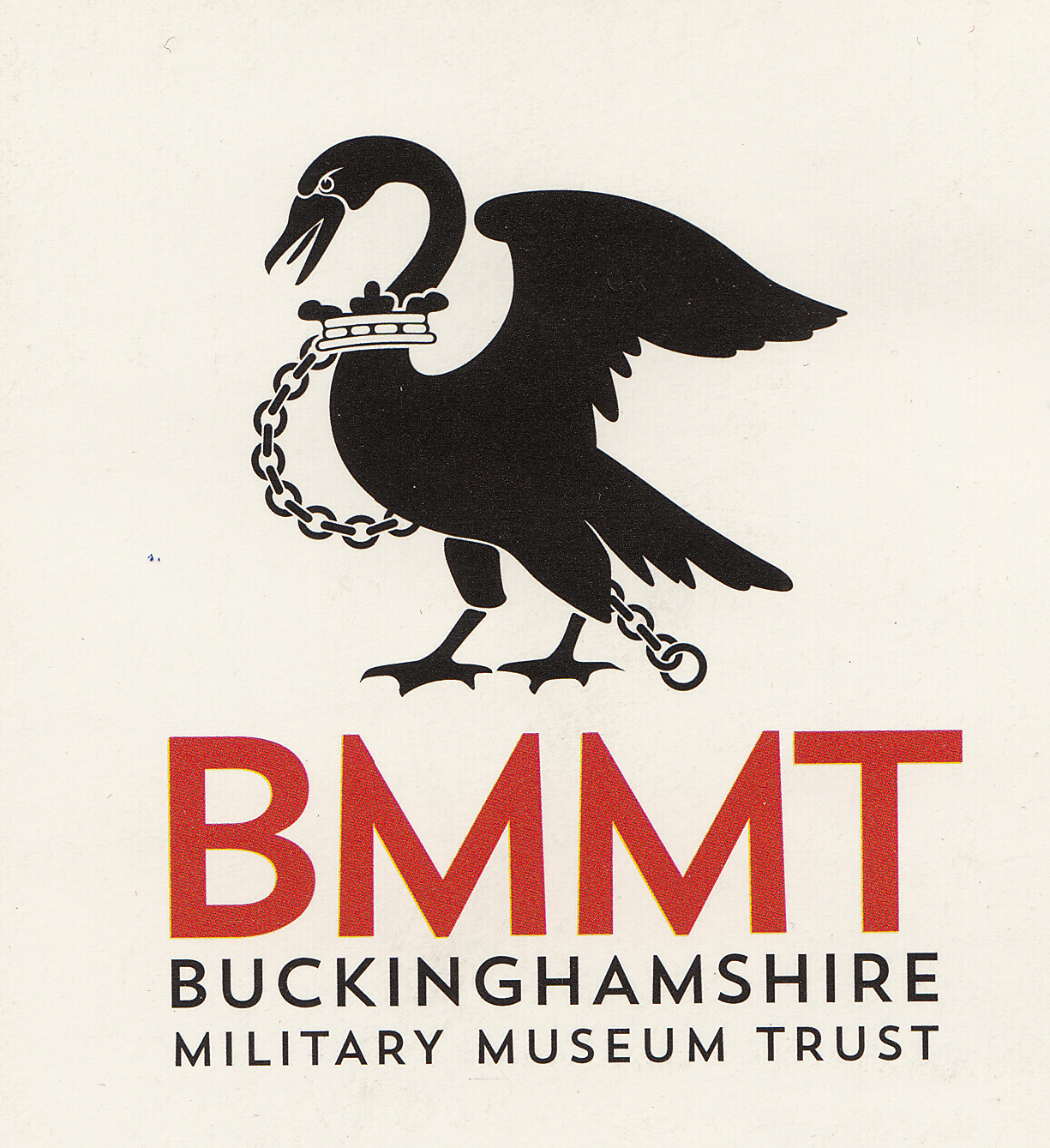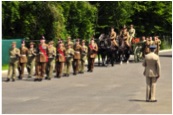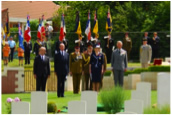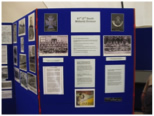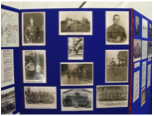19th. July 2010 – Dedication of Pheasant Wood CWGC Cemetery, Fromelles.
Seventy four years to the day after the disastrous battle of Fromelles, on Monday the 19th July 2010, HRH Prince Charles dedicated the first Commonwealth War Graves Commission cemetery to be opened for fifty years. No one watching the television news reports or the Channel Four documentary “WWI: Finding the Lost Battalions” on the same evening can have failed to be impressed by the solemnity of the event. Before a large assembly of invited guests and spectators the last of 250 Australian and British soldiers found in a German field cemetery was buried with full military honours in an extraordinarily moving ceremony in the new Pheasant Wood Cemetery at Fromelles.
In a moving prelude to the service of committal, the ceremony opened with readings of letters home, individual stories and official casualty reports. Some of the readers were descendants of the dead and missing. Then, in the distance could be heard approaching the beat of a muffled bass drum. Escorted by the firing party at the slow march with arms reversed, drawn on a World War I wagon by four magnificent horses of the King’s Troop RHA the remains of an unidentified soldier came through the village from the original burial site to the gates of the new cemetery.
As the procession with the coffin made its way along the village street, the mourners were led by Prince Charles and the Governor-General of Australia Ms Quentin Bryce, the Duke of Kent the President of the CWGC, the French Minister of State for Defence and Veterans and senior military officers from Australia, Britain and France including General Nick Parker, Colonel Commandant of The Rifles. At the gates of the cemetery the coffin was unloaded and carried to the graveside for the service of committal. The firing party from The Rifles, the Royal Fusiliers and the Australian Army fired the salute over the grave. After the service came a solemn dedication, followed by speeches by Prince Charles, the Governor-General and the French Minister present. Among the tributes, were those to the efforts of Mr Lambis Engelzos, the Australian who had insisted on the investigation of a site where he was convinced the Germans had buried allied dead after the battle, which had led the discovery of the field cemetery with its 250 sets of remains. Throughout, the proceedings were projected on giant screens around the site and transmitted live to Australia.
The area is dotted with military cemeteries; there are 400 unidentified Australians in VC Corner Cemetery in Fromelles and 52 bodies of 2/1st Bucks Battalion lie without a name under one gravestone in the Rue du Bois Cemetery not far away.
Thanks to the development of modern scientific techniques it has been possible to identify some of the 250 men who have been ceremonially buried one by one in the new Pheasant Wood Cemetery. Using DNA samples from family members and comparing them with DNA taken from the bodies, 94 Australian soldiers have been named and the majority of the rest identified as being British or Australian. The painstaking work of identification will continue for some time and as each man can be named the headstone will be changed. So far, no soldiers of the Bucks Battalion have been found but it is still possible for an identification to be made.
The Bucks Military Museum Trust Display
Shortly before the ceremony, the BMMT were asked by the Ministry of Defence if they could arrange a display in one of the marquees to be put up on the site beside the cemetery.
Ingram Murray and Dr. Mike Senior hastily assembled pictures and texts illustrating the story of the Oxfordshire & Buckinghamshire Light Infantry at Fromelles and the fate of some of the officers and men from The Lee near Great Missenden. They arrived to set up their display on the Sunday before the event. The Museums of the Glosters and the Royal Warwicks added material commemorating their Regiments’ part in the battle. Other displays were set up in the tent village by the Imperial War Museum, the Commonwealth War Graves Commission and the Australian Army.
Once the VIPs had departed, security was relaxed and a very large crowd enjoyed the afternoon, visiting the displays and eating and drinking in the sunshine.
Dr. Michael Senior of The Lee in Buckinghamshire has made a special study of the men of his village who fell in the battle, published as “No Finer Courage”. He recently followed this with a doctoral study of General Haking, the Corps Commander.
Dusty Warriors talk
1st November 2007
Prof Richard Holmes gave a superb and mesmerizing lecture on 1st November 2007 about the experiences of the Princess of Wales’s Royal Regiment in Iraq to an invited audience, talking about the Regiment of which he is Honorary Colonel and the incident in which Private Johnson Beharry won his Victoria Cross. His illuminating talk expressed the similarities between today’s soldiers and those of yesteryear The gallantry, challenges and comparisons remain entirely relevant.
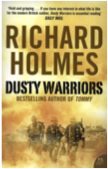
This website of The Buckinghamshire Military Museum Trust ('BMMT') is copyright of BMMT. If any items on the site are republished or copied for research private study or for use within educational establishments the source and copyright status must be acknowledged and any reference quoted. Commercial users wishing to reproduce any item must seek prior written permission from the Trustees.
BMMT has taken all reasonable steps to ascertain any known copyrights. Any infringement is inadvertent and will be rectified on notification.
